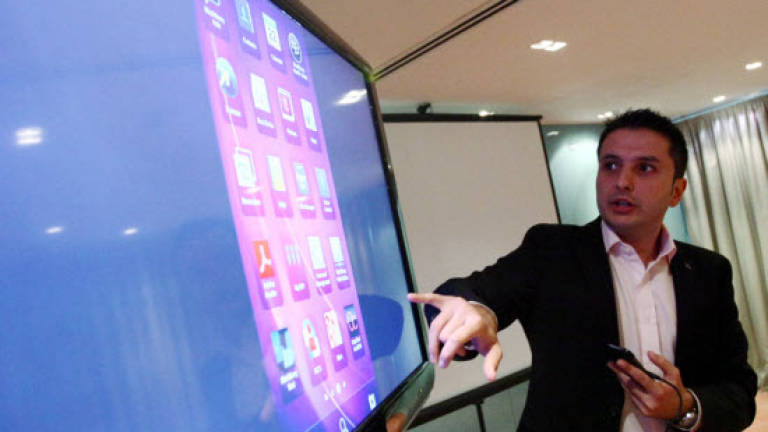BlackBerry’s BES10 for iOS and Android

THE last few years have not been kind to BlackBerry.
From being the definitive smartphone in the market, the Canadian company is now a struggling shadow of its former self, having all but lost the fight against other more robust mobile device brands.
However, BlackBerry still has enough loyal customers, particularly in developing markets in Asia. The company also has a positive reputation among enterprise customers globally.
With this in mind, BlackBerry has decided to focus on enterprise solutions rather than consumer products, particularly with its most recent programme, BlackBerry Enterprise Service 10 (BES10).
At a recent session showcasing the BES10 programme, local media personnel were given a run-down of its capabilities, through a series of presentations by BlackBerry Asia Pacific’s enterprise business unit director Ian Gardner and senior enterprise marketing manager Adrian Rusu.
BlackBerry Enterprise Servers are acknowledged as one of the most secure platforms in the world for data files, as experienced by corporations that use BlackBerry mobile devices in daily business interactions.
These days, however, more and more companies are allowing employees to BYOD (bring-your-own-device).
To adapt to this changing work environment, BlackBerry has developed BES10 for rival operating systems iOS and Android, a first for the company.
The programme is available as an app on each system’s app store, and uses the password-protected Secure Work Space feature to manage content and apps on both iOS and Android devices, separating work and personal data.
On BlackBerry devices, this is handled by a feature called BlackBerry Balance.
A demonstration of how the BES10 worked on all three operating systems was given by Rusu, who showed how users would be able to access their corporate email and share documents and files.
For BlackBerry device users, BlackBerry Balance is able to hide their work email and activities from the centralised BlackBerry Hub, keeping sensitive data safe from unauthorised viewers.
Once the user has entered the correct password, the information is revealed on the hub and can be worked on directly.
The user interface of BES10 among all three systems is almost the same, with relatively minor lag in synching to the server for non-BlackBerry systems.
There are three levels of enterprise mobility management (EMM) for BES10.
It starts with Basic for simple password encryption; then Corporate, which includes a higher level of security and simple tech support; and finally, Regulated, for more secure business needs, including direct on-call technical support.
The BES10 is quickly being adopted among business customers in several developing markets, and there are plans to extend the access to Secure Work Space to Microsoft Windows devices later this year.